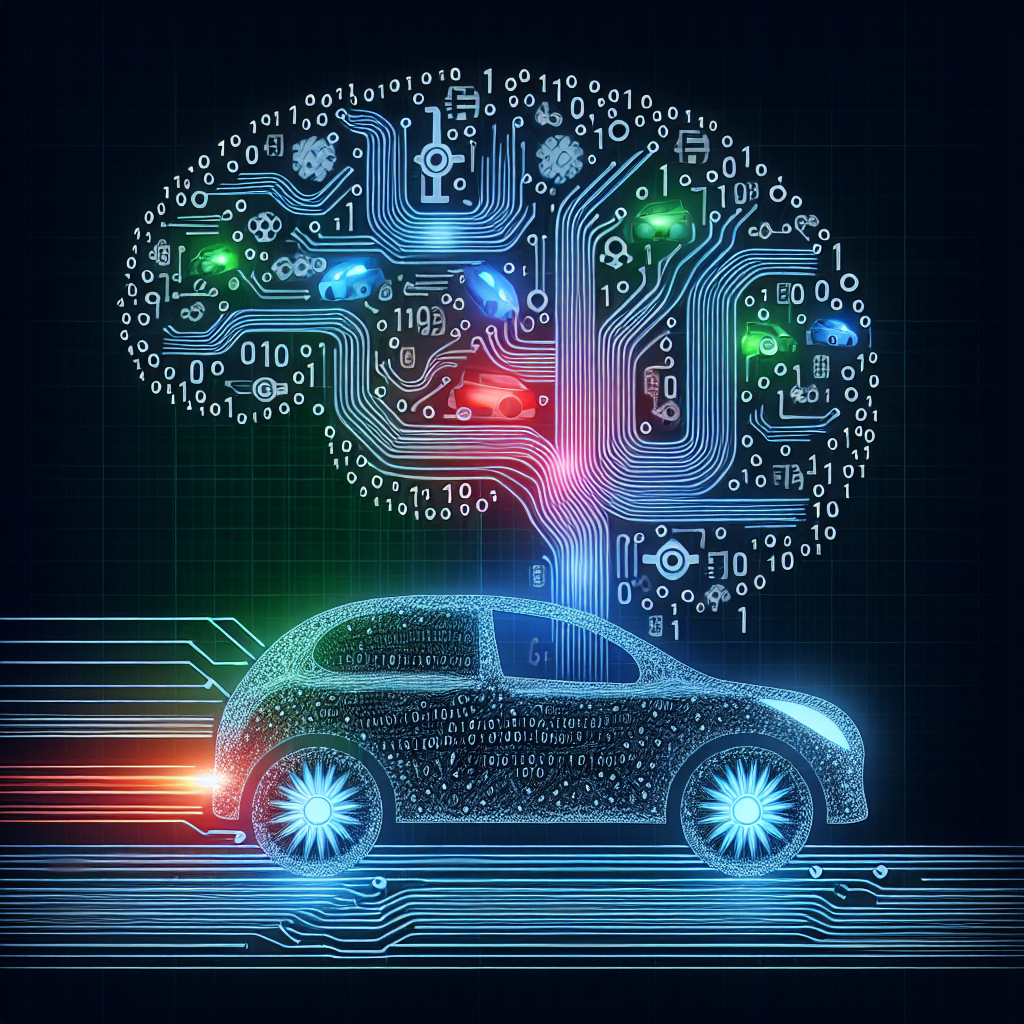The Role of Deep Learning in Autonomous Vehicles
Autonomous vehicles, also known as self-driving cars, are a rapidly advancing technology that has the potential to revolutionize the way we travel. These vehicles use a combination of sensors, cameras, and artificial intelligence to navigate roads and make decisions without human intervention. One of the key components of autonomous vehicles is deep learning, a subset of artificial intelligence that has played a crucial role in their development.
Deep learning is a type of machine learning that involves training artificial neural networks to recognize patterns in data. These neural networks are modeled after the human brain, with layers of interconnected nodes that can process information and learn from it. In the context of autonomous vehicles, deep learning is used to analyze the vast amount of data collected by sensors and cameras to make decisions about steering, braking, and acceleration.
One of the main challenges in developing autonomous vehicles is teaching them to accurately perceive and interpret their surroundings. Deep learning algorithms are able to process and understand complex visual information, such as identifying pedestrians, other vehicles, and road signs. This ability to interpret visual data in real-time is crucial for autonomous vehicles to safely navigate roads and make decisions in dynamic environments.
Deep learning is also used in autonomous vehicles to improve their ability to predict and react to potential hazards. By analyzing patterns in data, deep learning algorithms can anticipate the behavior of other vehicles and pedestrians on the road, allowing autonomous vehicles to make proactive decisions to avoid accidents. This predictive capability is essential for ensuring the safety and reliability of autonomous vehicles in a wide range of driving conditions.
In addition to perception and prediction, deep learning plays a key role in the decision-making process of autonomous vehicles. By training neural networks on vast amounts of data, developers can teach autonomous vehicles to make complex decisions in real-time, such as navigating intersections, changing lanes, and responding to unexpected obstacles. This level of decision-making capability is essential for autonomous vehicles to operate safely and efficiently in a variety of driving scenarios.
Overall, deep learning is a critical technology that is driving the advancement of autonomous vehicles. By enabling vehicles to perceive, predict, and make decisions in real-time, deep learning algorithms are making self-driving cars safer, more reliable, and more efficient than ever before. As research and development in deep learning continue to progress, we can expect to see even greater advancements in the capabilities of autonomous vehicles, bringing us closer to a future where self-driving cars are a common sight on the roads.


